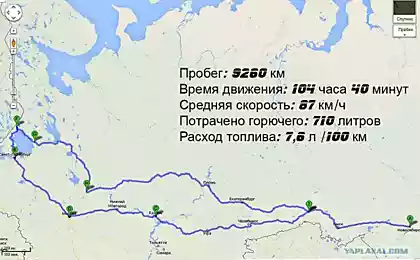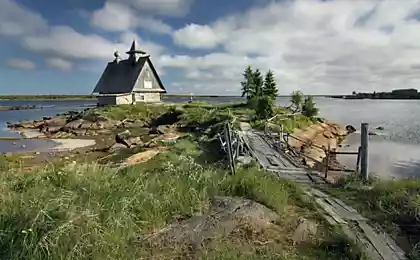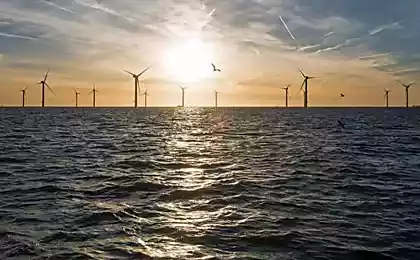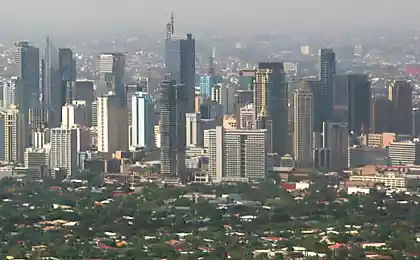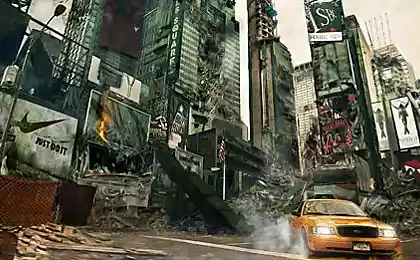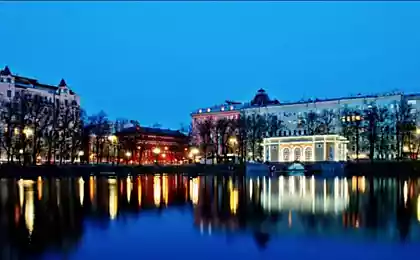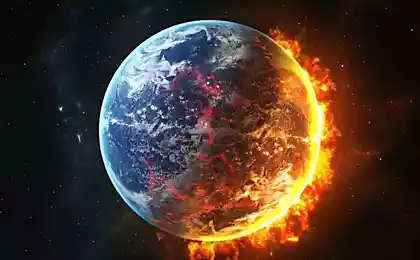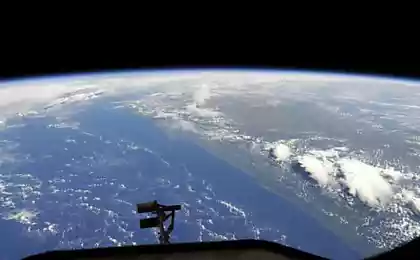1747
Karelia - our native land!
Keep patriotic and geographic theme)))
30 ph of Karelia

Karelia - many people associate with the beautiful nature. Its lakes and forests can not make the heart flutter. Everyone who has been here forever love unprecedented beauty of the Russian North.

The Republic of Karelia is a member of the Northwestern Federal District of the Russian Federation.
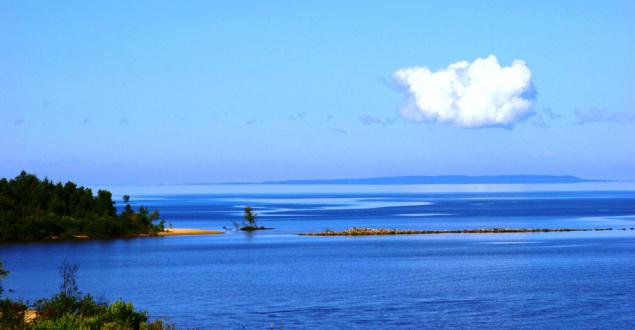
On the western side of the border of Karelia coincides with the Russian state border with Finland. On the east side of the republic borders - with the Arkhangelsk region. Northern border it shares with the Murmansk region, and the south side - with Leningrad and Vologda regions.
The total area of the Karelian Republic of approximately 180,000 square kilometers
On the northeast side of Karelia has an exit into the White Sea.
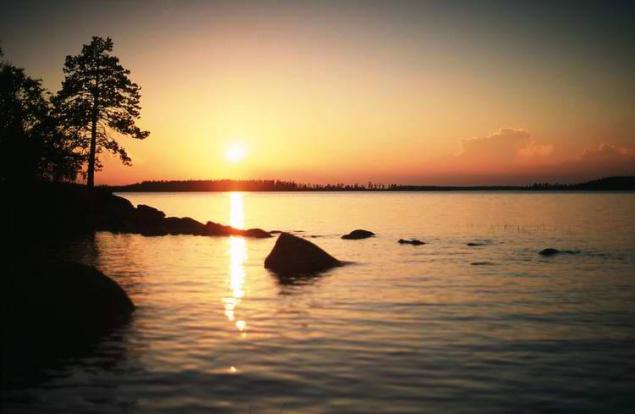
Karelia was formed June 8, 1920, then it was Karelian Labor Commune. During the Soviet Karelia repeatedly underwent changes in their status and title. So in 1923 it was transformed into the Karelian Autonomous Soviet Socialist Republic, after 17 years in the Lithuanian SSR, even 16 years later, in 1956, was named again Karelian ASSR. It was only in 1991 received the status of the Republic of Karelia, which is reserved for it until now.
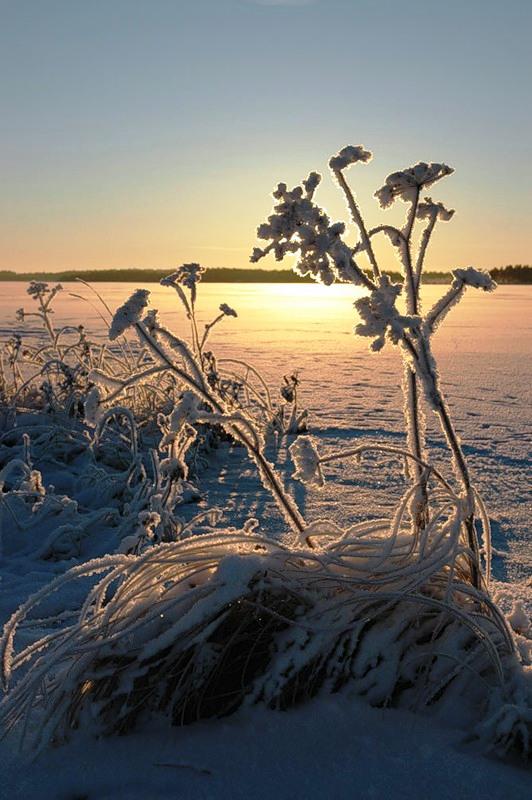
The capital of Karelia - Petrozavodsk. Also cities - Kostamuksha and Sortvala. In the municipal structure, there are 16 districts (White Sea, the Kalevala, Kem, Kondopozhsky, Lahdenpohsky, Louhi, Medvezhiegorsky, Muezersky, Olonets, Pitkäranta, Prionezhsky, Pryazhinsky, Pudozhsky, Segezha, Sortavala, Suojärvi).

The territory on which the Karelia is a hilly plain with traces of ancient mountains on the landscape. It is also called "steadfast lake-forest surface." Karelia just captivates the heart of its picturesque natural wealth, many beautiful lakes and rivers, combined with green taiga, which is incredibly rich in minerals and natural resources. Almost half of the territory is occupied by forests. More than 50% are pine species.
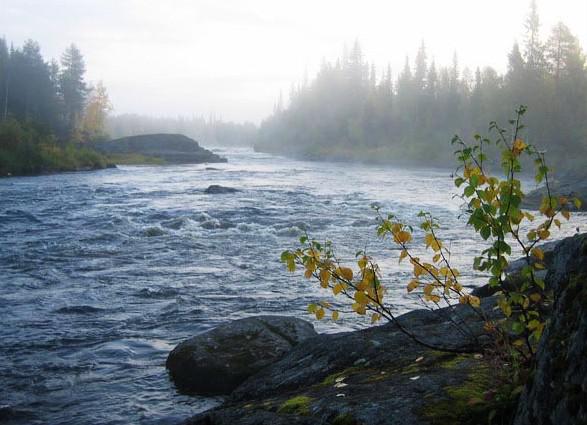
In Karelia, more than 27 thousand rivers and 60 thousand lakes. At each Karelian family has an average of one lake. Among them, the largest in Europe Onega and Ladoga lake.
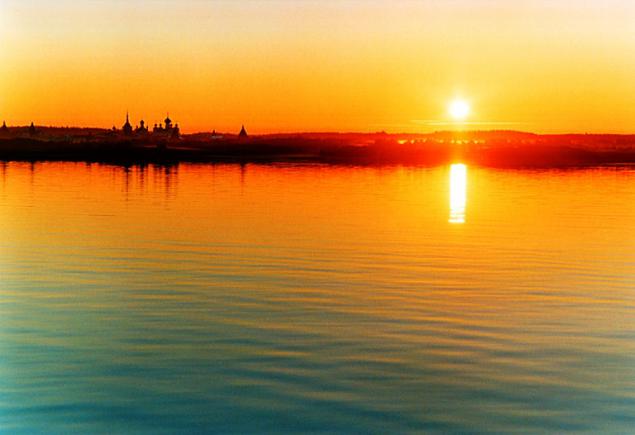
Karelia is also rich in its cultural heritage. On its territory there is a huge number of monuments of Russian ethnic architecture and antiquities.
On the territory of the republic there are 43 historical and cultural complex, more than 160 historic settlements, 3 ethnocultural center preserves the national culture of Karelia. All this makes Karelia also attractive and strategically important for Russia tourism center.
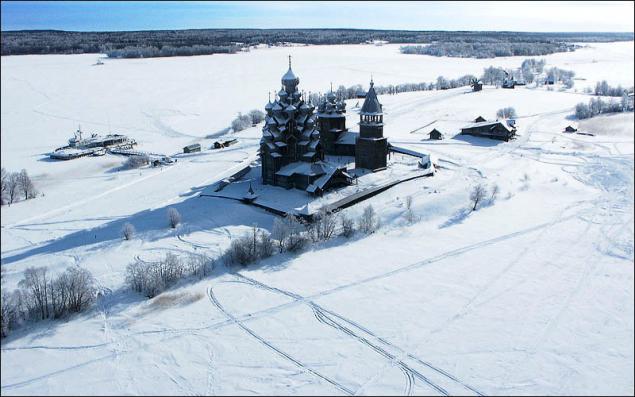
Museum of wooden architecture and traditional culture of the peoples of Karelia - Kizhi, located on several islands of Lake Onega.
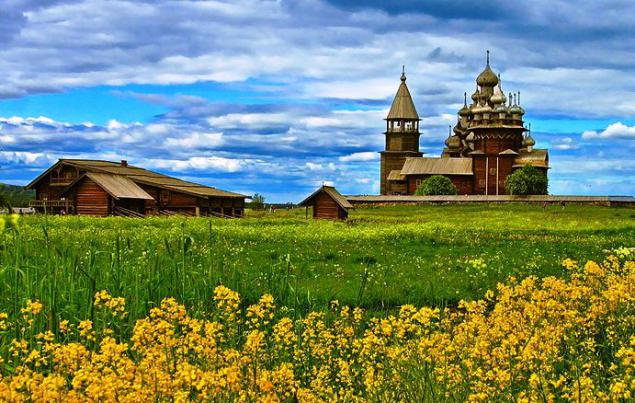
The entire island - it is a museum of wooden architecture in the open. Here is the State Historical-Architectural and Ethnographic Museum-Reserve "Kizhi".
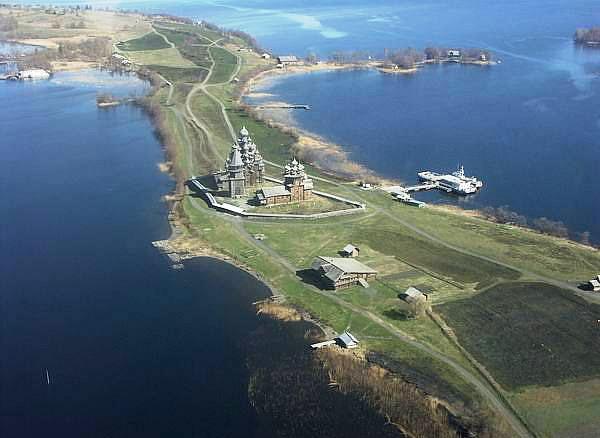
The basis of the museum are ancient structures Kizhi - Church of the Transfiguration, the Church of the Holy Virgin, standing between them and the bell tower churchyard fence.
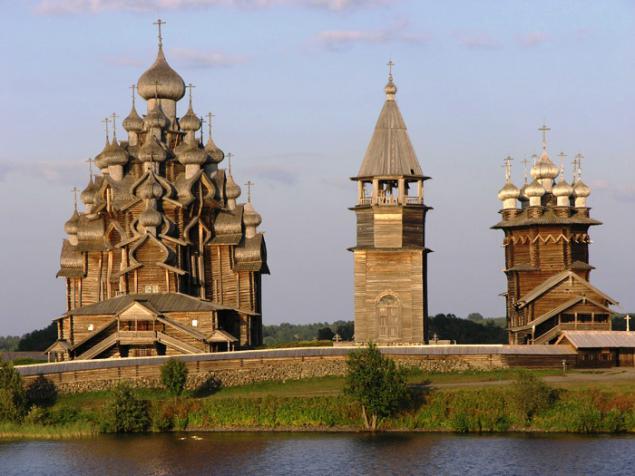
Light, beautiful silhouettes buildings fit perfectly in the harsh northern landscape and form a harmonious and unique beauty of the ensemble. In 1990, the decision of UNESCO architectural complex of Kizhi is included in the List of World Cultural and Natural Heritage.
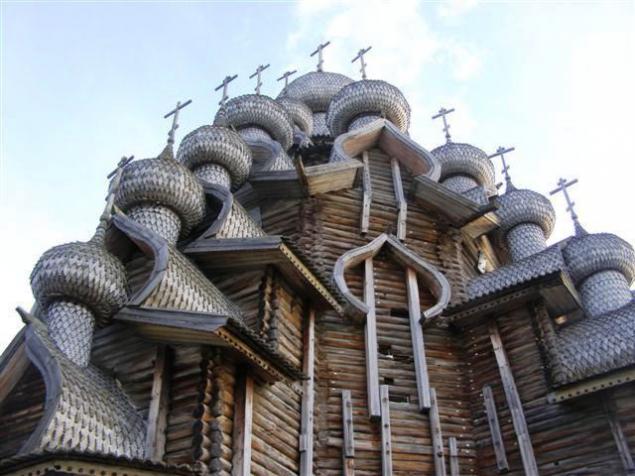
Solovki archipelago - located in the White Sea, with its unique nature, rich history and a complex of the Solovetsky monastery.
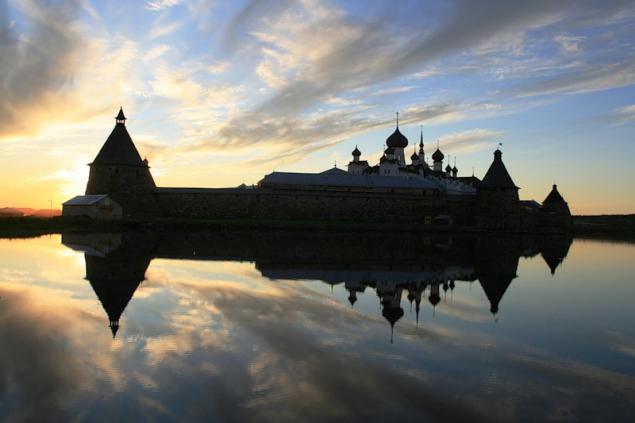
Their nature is harsh. Surrounded unkind North Sea, Solovki for several months isolated from the mainland. Spring comes to Solovki not earlier than mid-May, and the snow is stored in the ravines to almost half of the summer. Not everyone's liking Solovki. But it must be admitted that the Solovki truly beautiful.
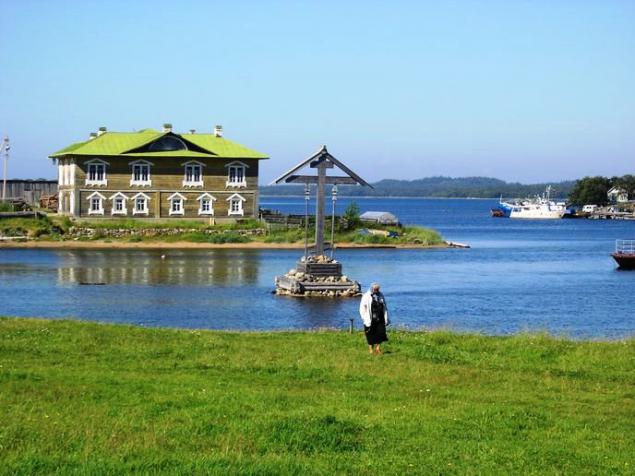
Solovki different healthy climate. Cold sea winds bring with them an invigorating freshness. In Island Lake - a wonderful healing water. In contrast to the continental land frosts in winter there are not too cruel. But nature alone could not have done this place so famous. Solovki gained fame thanks to the famous Solovetsky monastery, with its stone ramparts and diverse in form and silhouette of religious and civil constructions.
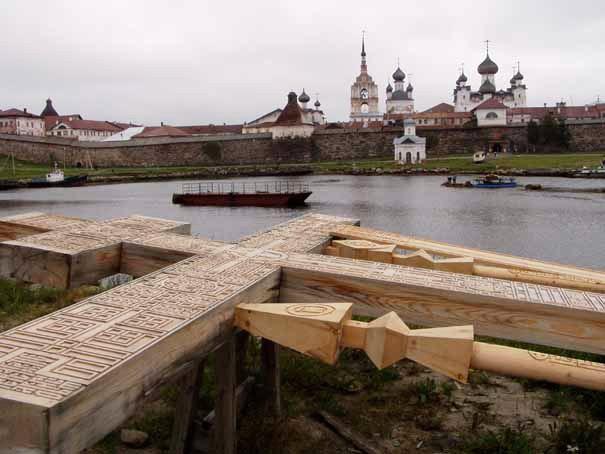
Solovki - boulder dam.
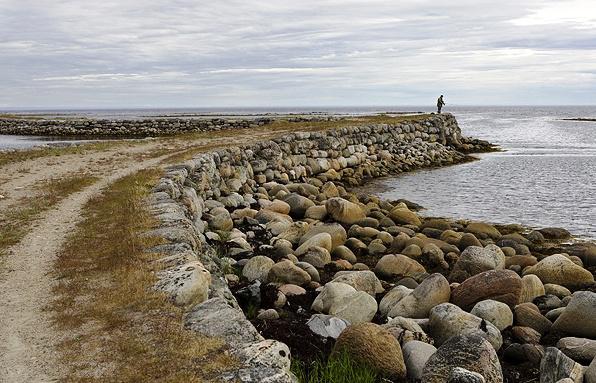
Solovki.
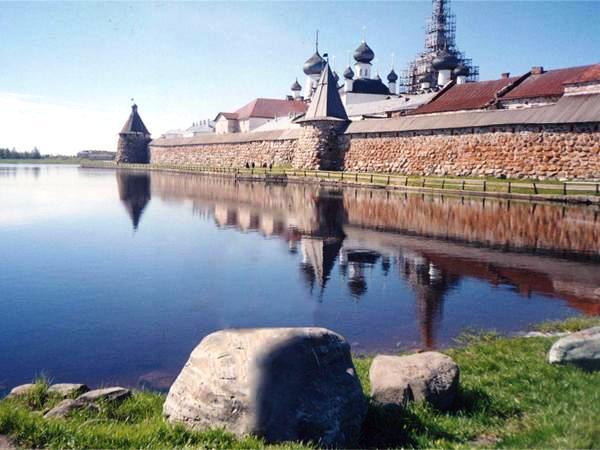
Valaam - tourist attraction of world importance. The name "Balaam" is ambiguous. Most often this word indicates the island, but also called and the whole archipelago, which consists of more than fifty islands, and located a settlement here. Valaam Island is located in the north-western part of Lake Ladoga, with an area of 28 square kilometers, and the entire archipelago - 36 sq.km.
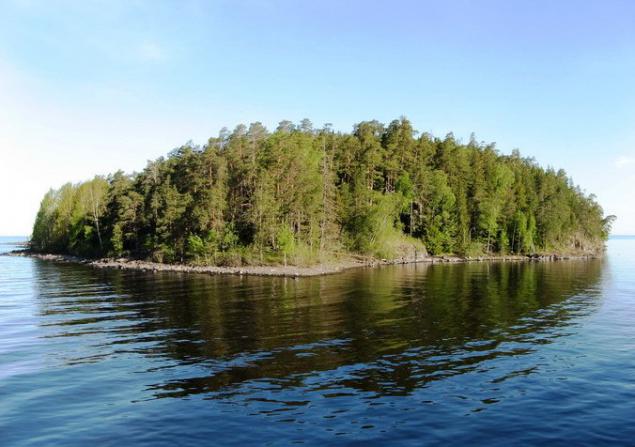
Balaam Nature is beautiful and unusual. The island is covered mostly by coniferous forests, and in 1965 received the status of nature reserve. On the island there are more than 480 species of plants, many monks were cultured. Here mighty pine and spruce grow on rocks that rise hundreds of feet above the water, causing beach looks impregnable fortress. Elsewhere, on the contrary, the rocks are covered with water. On many islands usual for these places of pine, spruce and birch groves are complemented by a sudden and avenues of oak, fir, larch, cedar and many other breeds brought once monks from different parts of the country. And among them -Create monks numerous gardens.
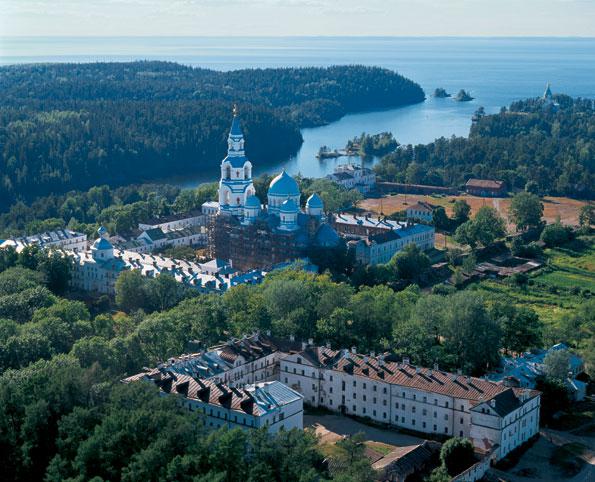
Currently Balaam open to pilgrims and tourists. To get to the island by ship from Sortavala. Navigation begins in mid-May.
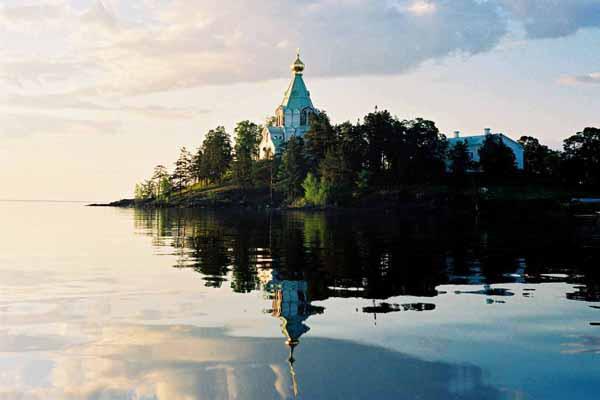
The most famous waterfall in Karelia - Kivatch, located in the center of the eponymous Nature Reserve and is the second largest waterfall in Europe plain.
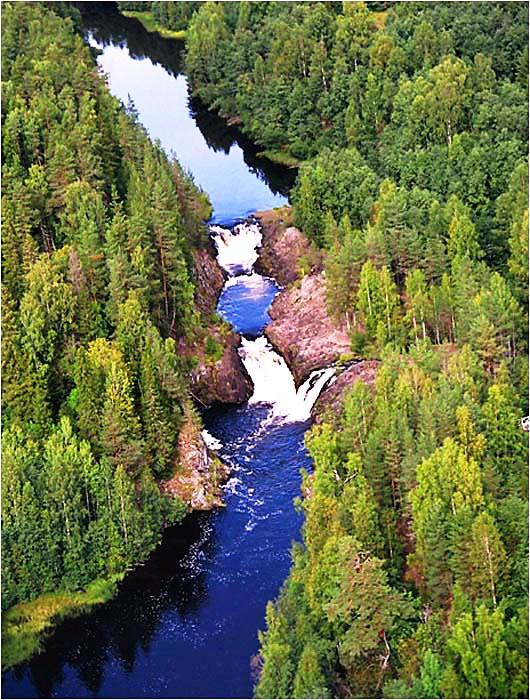
Kivatch - one of the smallest reserves in Russia, but scientists call it "Karelia in miniature". Here you can see the rocks and small areas of old meadows, lakes and numerous marshes, stone ridge - moraines, taiga and deciduous forests. Wood - pine, pine, spruce, deciduous - represent the main value of the reserve. Their average age - 120 years, with some pine trees aged 300-350 years. The reserve has almost all species of plants and animals in Central and South Karelia, including listed in the Red Book.
Located on the territory of reserve Kivach Kondopoga region, with an area of more than 10,000 acres and occupies most of the space between the large lakes: Sundozerom in the north, the east lake Sandal, Pertozerom and Konchozerom the south. On its territory two rivers - Suna and Sandalka - and several streams.
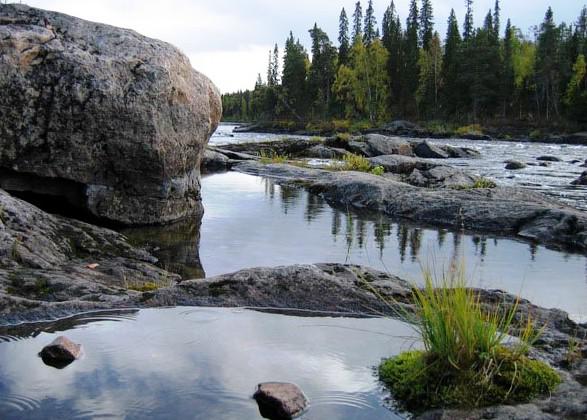
Kivach waterfall called the pearl of Karelia. It is considered the second largest plain waterfalls in Europe (after the Rhine). His stream of water roaring falls four cascades from a height of ten meters and is an impressive sight. Deep canyon waterfall formed diabase rocks.
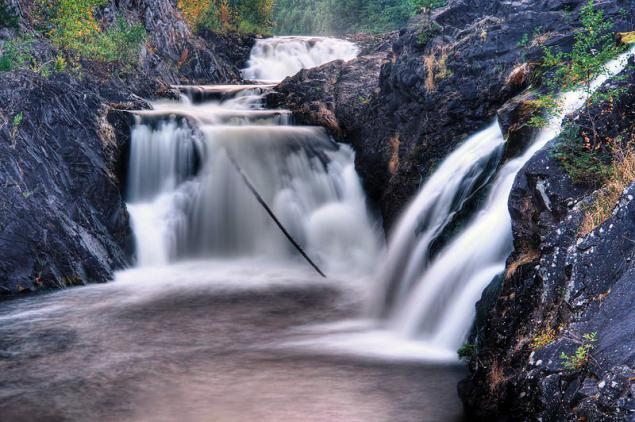
Reserve Kivatch is 70 km from Petrozavodsk. You can reach it on tour buses as part of a tourist group or private transport. For visitors a tour zone with Kivach waterfall, a nature museum (located near the waterfall in the central manor pos.Kivach), Arboretum.

River Karelia very nature intended for lovers of extreme tourism: their slopes and numerous natural obstacles - thresholds, rifts, waterfalls make manifest the ability of experienced rafters.
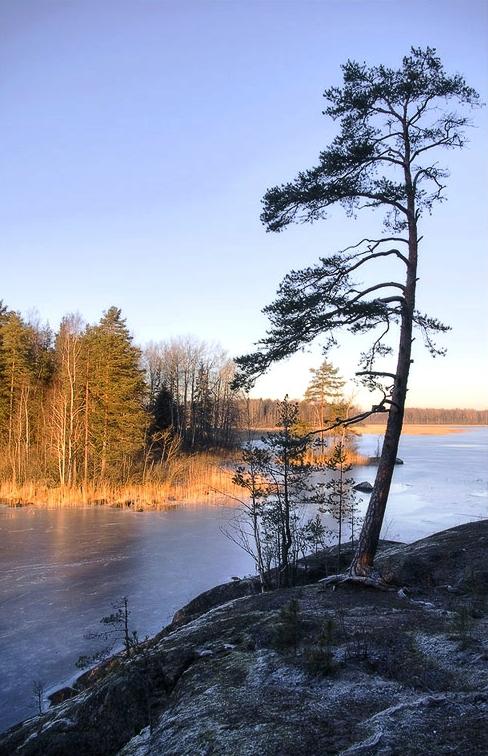
In Karelia, there are over 61 thousand lakes. By their number per 1 thousand. Km? area, Karelia confidently takes the first place in the world. Like the river, all the lakes of Karelia belong to the basins of the White Sea and Baltic Sea. The largest number of lakes are concentrated in the northern part of Karelia, in the basin of the White Sea. To the south and south-east of their number gradually decreases. Least of all lakes in the south-western regions of the country and to the east of Lake Onega.
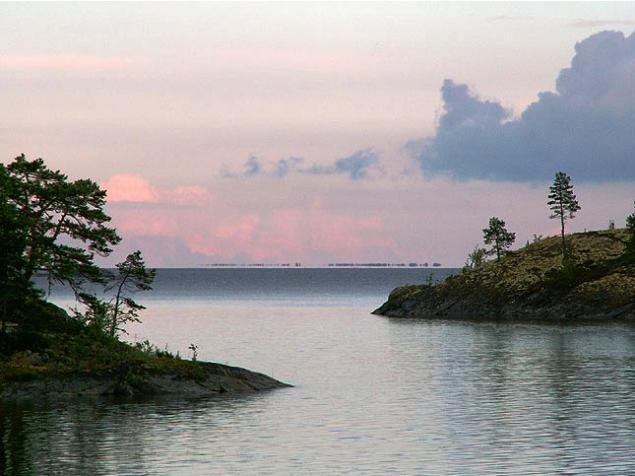
Unique architectural and cultural-historical objects are included in the UNESCO list of World Cultural Heritage by UNESCO and is a national treasure of Russia. Historical and cultural identity of Karelia, which distinguishes it from other areas of Russia, is also determined by the four cultural heritage of indigenous peoples historically living in this region - Karelians, Finns, Veps, Russian, created over ten centuries of cohabitation unique and original culture.

Karelia - the birthplace of Karelian-Finnish epic "Kalevala" (literary monument of world significance), the birthplace of rune-singers and epic storytellers. Preserved ancient Karelian, Vepsian, Pomeranian settlement with distinctive architecture, built several centuries ago and are of great interest for fans of ethnographic tourism.
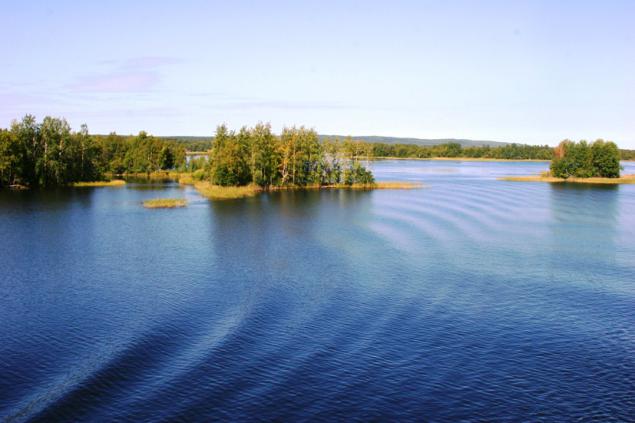
Edge is a kind of reserve and standard displays regional geological history of the planet Earth and the North of Europe. On its surface you can find traces of palaeoearthquakes, ancient volcanoes, meteorite craters, the classic signs of the last glaciation - furrow boulders. moraine ridges.
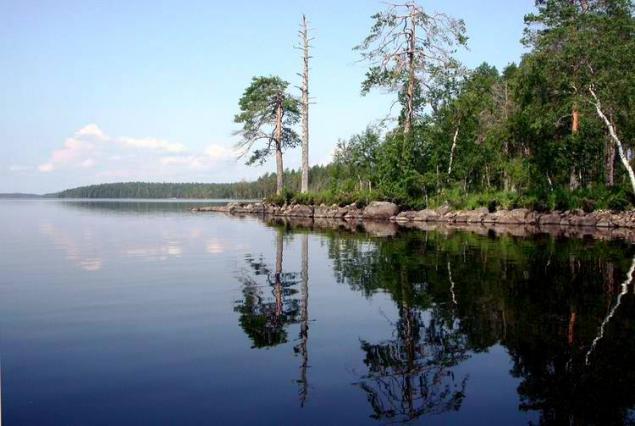
Source: http: //
30 ph of Karelia

Karelia - many people associate with the beautiful nature. Its lakes and forests can not make the heart flutter. Everyone who has been here forever love unprecedented beauty of the Russian North.

The Republic of Karelia is a member of the Northwestern Federal District of the Russian Federation.

On the western side of the border of Karelia coincides with the Russian state border with Finland. On the east side of the republic borders - with the Arkhangelsk region. Northern border it shares with the Murmansk region, and the south side - with Leningrad and Vologda regions.
The total area of the Karelian Republic of approximately 180,000 square kilometers
On the northeast side of Karelia has an exit into the White Sea.

Karelia was formed June 8, 1920, then it was Karelian Labor Commune. During the Soviet Karelia repeatedly underwent changes in their status and title. So in 1923 it was transformed into the Karelian Autonomous Soviet Socialist Republic, after 17 years in the Lithuanian SSR, even 16 years later, in 1956, was named again Karelian ASSR. It was only in 1991 received the status of the Republic of Karelia, which is reserved for it until now.

The capital of Karelia - Petrozavodsk. Also cities - Kostamuksha and Sortvala. In the municipal structure, there are 16 districts (White Sea, the Kalevala, Kem, Kondopozhsky, Lahdenpohsky, Louhi, Medvezhiegorsky, Muezersky, Olonets, Pitkäranta, Prionezhsky, Pryazhinsky, Pudozhsky, Segezha, Sortavala, Suojärvi).

The territory on which the Karelia is a hilly plain with traces of ancient mountains on the landscape. It is also called "steadfast lake-forest surface." Karelia just captivates the heart of its picturesque natural wealth, many beautiful lakes and rivers, combined with green taiga, which is incredibly rich in minerals and natural resources. Almost half of the territory is occupied by forests. More than 50% are pine species.

In Karelia, more than 27 thousand rivers and 60 thousand lakes. At each Karelian family has an average of one lake. Among them, the largest in Europe Onega and Ladoga lake.

Karelia is also rich in its cultural heritage. On its territory there is a huge number of monuments of Russian ethnic architecture and antiquities.
On the territory of the republic there are 43 historical and cultural complex, more than 160 historic settlements, 3 ethnocultural center preserves the national culture of Karelia. All this makes Karelia also attractive and strategically important for Russia tourism center.

Museum of wooden architecture and traditional culture of the peoples of Karelia - Kizhi, located on several islands of Lake Onega.

The entire island - it is a museum of wooden architecture in the open. Here is the State Historical-Architectural and Ethnographic Museum-Reserve "Kizhi".

The basis of the museum are ancient structures Kizhi - Church of the Transfiguration, the Church of the Holy Virgin, standing between them and the bell tower churchyard fence.

Light, beautiful silhouettes buildings fit perfectly in the harsh northern landscape and form a harmonious and unique beauty of the ensemble. In 1990, the decision of UNESCO architectural complex of Kizhi is included in the List of World Cultural and Natural Heritage.

Solovki archipelago - located in the White Sea, with its unique nature, rich history and a complex of the Solovetsky monastery.

Their nature is harsh. Surrounded unkind North Sea, Solovki for several months isolated from the mainland. Spring comes to Solovki not earlier than mid-May, and the snow is stored in the ravines to almost half of the summer. Not everyone's liking Solovki. But it must be admitted that the Solovki truly beautiful.

Solovki different healthy climate. Cold sea winds bring with them an invigorating freshness. In Island Lake - a wonderful healing water. In contrast to the continental land frosts in winter there are not too cruel. But nature alone could not have done this place so famous. Solovki gained fame thanks to the famous Solovetsky monastery, with its stone ramparts and diverse in form and silhouette of religious and civil constructions.

Solovki - boulder dam.

Solovki.

Valaam - tourist attraction of world importance. The name "Balaam" is ambiguous. Most often this word indicates the island, but also called and the whole archipelago, which consists of more than fifty islands, and located a settlement here. Valaam Island is located in the north-western part of Lake Ladoga, with an area of 28 square kilometers, and the entire archipelago - 36 sq.km.

Balaam Nature is beautiful and unusual. The island is covered mostly by coniferous forests, and in 1965 received the status of nature reserve. On the island there are more than 480 species of plants, many monks were cultured. Here mighty pine and spruce grow on rocks that rise hundreds of feet above the water, causing beach looks impregnable fortress. Elsewhere, on the contrary, the rocks are covered with water. On many islands usual for these places of pine, spruce and birch groves are complemented by a sudden and avenues of oak, fir, larch, cedar and many other breeds brought once monks from different parts of the country. And among them -Create monks numerous gardens.

Currently Balaam open to pilgrims and tourists. To get to the island by ship from Sortavala. Navigation begins in mid-May.

The most famous waterfall in Karelia - Kivatch, located in the center of the eponymous Nature Reserve and is the second largest waterfall in Europe plain.

Kivatch - one of the smallest reserves in Russia, but scientists call it "Karelia in miniature". Here you can see the rocks and small areas of old meadows, lakes and numerous marshes, stone ridge - moraines, taiga and deciduous forests. Wood - pine, pine, spruce, deciduous - represent the main value of the reserve. Their average age - 120 years, with some pine trees aged 300-350 years. The reserve has almost all species of plants and animals in Central and South Karelia, including listed in the Red Book.
Located on the territory of reserve Kivach Kondopoga region, with an area of more than 10,000 acres and occupies most of the space between the large lakes: Sundozerom in the north, the east lake Sandal, Pertozerom and Konchozerom the south. On its territory two rivers - Suna and Sandalka - and several streams.

Kivach waterfall called the pearl of Karelia. It is considered the second largest plain waterfalls in Europe (after the Rhine). His stream of water roaring falls four cascades from a height of ten meters and is an impressive sight. Deep canyon waterfall formed diabase rocks.

Reserve Kivatch is 70 km from Petrozavodsk. You can reach it on tour buses as part of a tourist group or private transport. For visitors a tour zone with Kivach waterfall, a nature museum (located near the waterfall in the central manor pos.Kivach), Arboretum.

River Karelia very nature intended for lovers of extreme tourism: their slopes and numerous natural obstacles - thresholds, rifts, waterfalls make manifest the ability of experienced rafters.

In Karelia, there are over 61 thousand lakes. By their number per 1 thousand. Km? area, Karelia confidently takes the first place in the world. Like the river, all the lakes of Karelia belong to the basins of the White Sea and Baltic Sea. The largest number of lakes are concentrated in the northern part of Karelia, in the basin of the White Sea. To the south and south-east of their number gradually decreases. Least of all lakes in the south-western regions of the country and to the east of Lake Onega.

Unique architectural and cultural-historical objects are included in the UNESCO list of World Cultural Heritage by UNESCO and is a national treasure of Russia. Historical and cultural identity of Karelia, which distinguishes it from other areas of Russia, is also determined by the four cultural heritage of indigenous peoples historically living in this region - Karelians, Finns, Veps, Russian, created over ten centuries of cohabitation unique and original culture.

Karelia - the birthplace of Karelian-Finnish epic "Kalevala" (literary monument of world significance), the birthplace of rune-singers and epic storytellers. Preserved ancient Karelian, Vepsian, Pomeranian settlement with distinctive architecture, built several centuries ago and are of great interest for fans of ethnographic tourism.

Edge is a kind of reserve and standard displays regional geological history of the planet Earth and the North of Europe. On its surface you can find traces of palaeoearthquakes, ancient volcanoes, meteorite craters, the classic signs of the last glaciation - furrow boulders. moraine ridges.

Source: http: //





